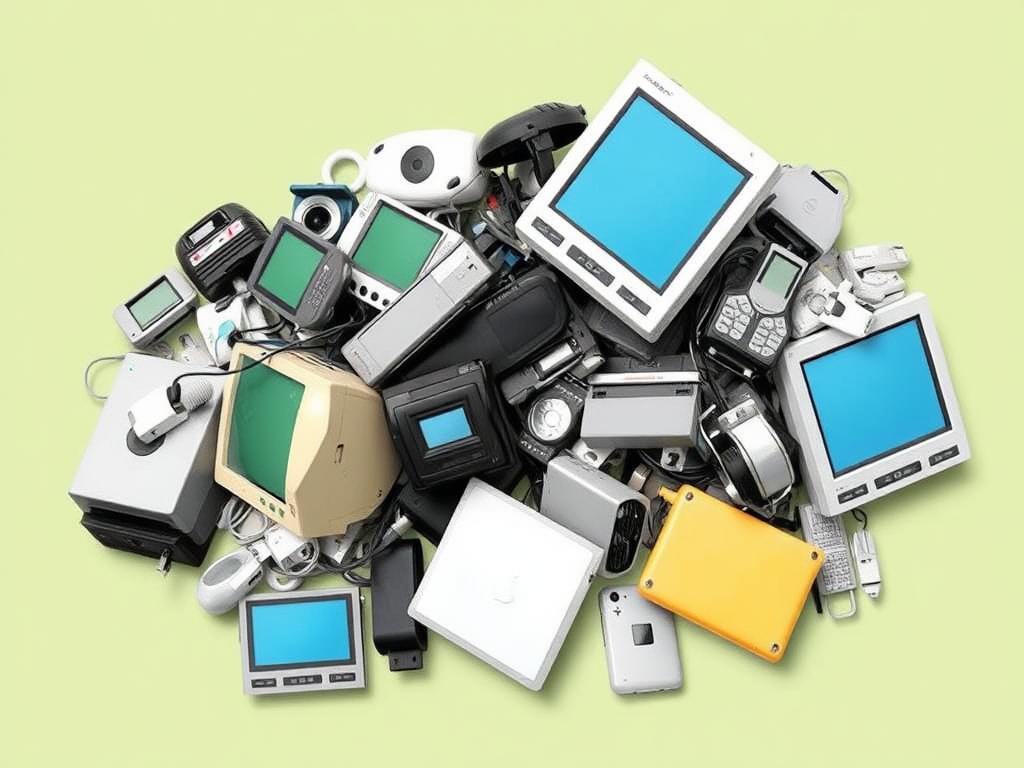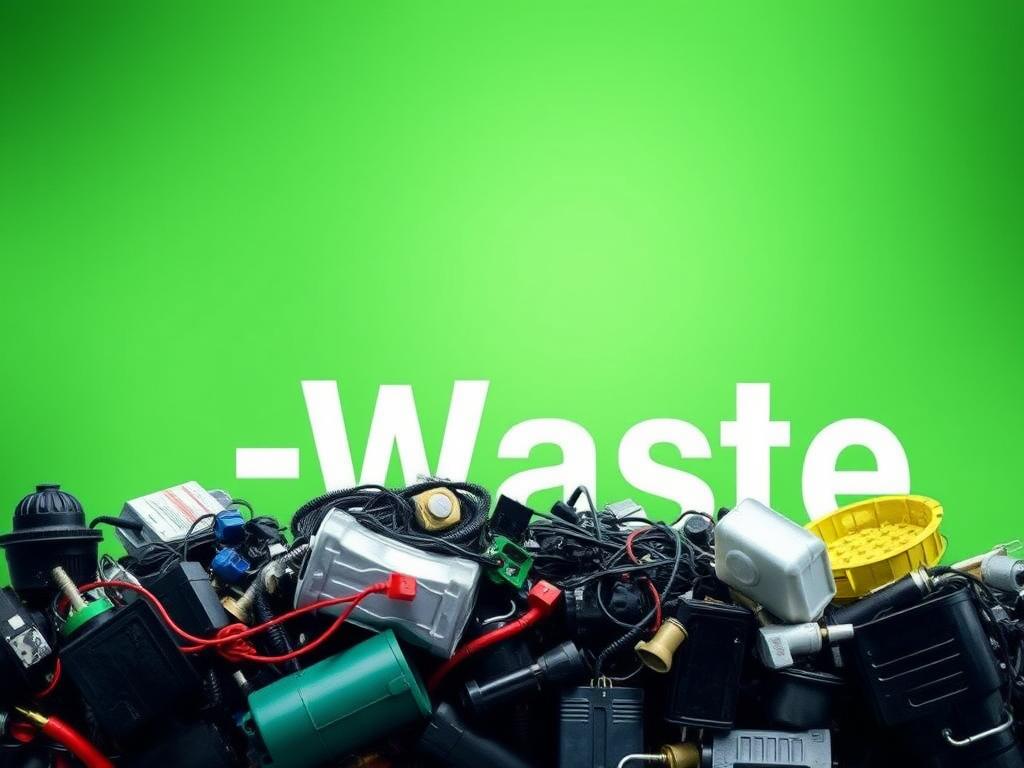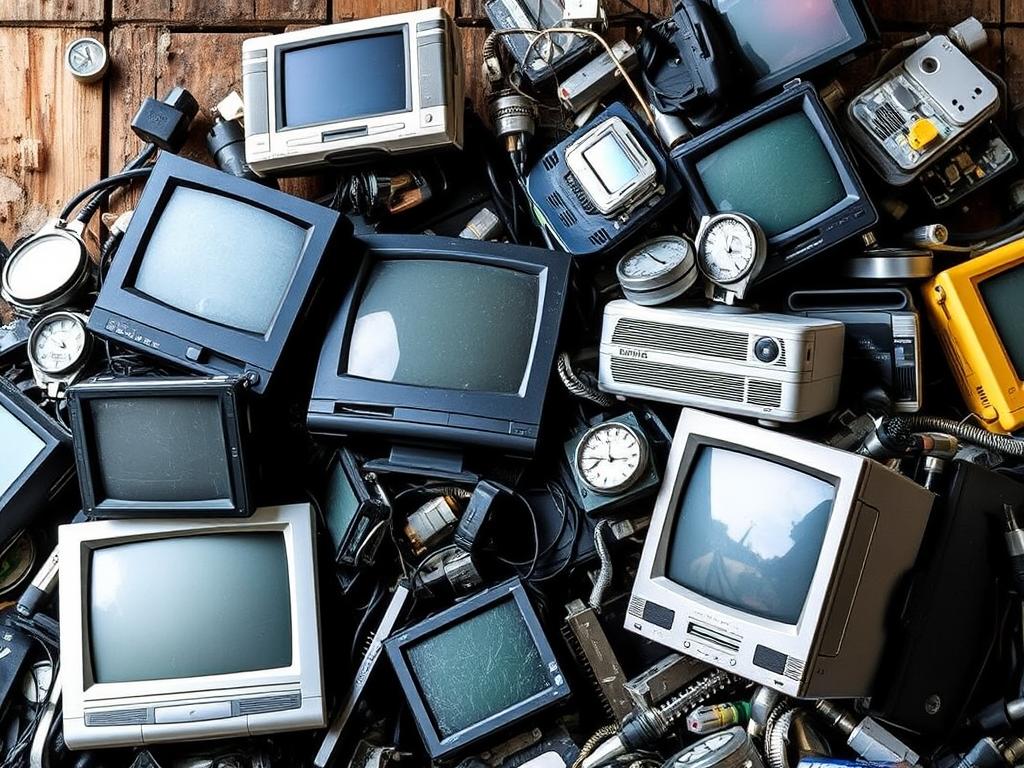In today’s world, electronic devices are an essential part of our daily lives. From smartphones and laptops to household appliances and entertainment systems, these gadgets bring convenience like never before. But with rapid advancements and constant upgrades, what happens to the old electronics we discard? This is where the problem of e-waste, or electronic waste, comes into play. E-waste refers to discarded electrical or electronic devices, and its growing volume has become an alarming environmental crisis. Understanding the impact of e-waste and finding sustainable solutions is crucial to protecting our planet and health.
Understanding E-Waste: What Exactly Are We Throwing Away?

E-waste consists of a wide range of items. This includes computers, televisions, smartphones, printers, refrigerators, and even smaller accessories like batteries and cables. As technology evolves rapidly, many devices become obsolete in only a few years or even months. Consumers frequently replace them with the latest models, and the old devices end up in landfills or are mishandled through improper recycling methods.
One of the challenges with e-waste is that it contains both valuable materials and hazardous substances. Metals such as gold, silver, and copper can be recovered and reused, making proper recycling economically beneficial. However, harmful components like lead, mercury, cadmium, and brominated flame retardants can leach into soil and water if e-waste is dumped or burned improperly. This contamination poses serious risks to ecosystems and human health.
The Scale of the Problem: Why Is E-Waste Growing So Fast?

The surge in e-waste is mainly driven by several global trends:
- Increased technological consumption: More people worldwide own electronic devices than ever before.
- Shorter product lifespans: Rapid innovation encourages frequent upgrades and planned obsolescence.
- Limited awareness and inadequate disposal infrastructure in many regions.
According to recent studies, the world generates over 50 million metric tons of e-waste every year, and this figure is expected to rise dramatically. Countries with booming technology markets and growing populations often lack the facilities to safely manage this waste, turning e-waste into a global environmental and social issue.
Environmental and Health Impacts of E-Waste
Improper disposal affects both nature and people. When e-waste is dumped in landfills without treatment, toxic substances can seep into groundwater or be released into the air through incineration. This leads to soil pollution, water contamination, and air quality degradation, all of which harm plants, animals, and entire ecosystems.
Communities living near informal e-waste recycling sites bear the brunt of these impacts. Workers, often with little or no protective equipment, dismantle electronics manually and burn components to extract valuable metals. This exposes them to heavy metals and chemicals that can cause serious health problems, including respiratory issues, neurological damage, and increased cancer risk.
How E-Waste Affects Human Health
| Toxic Substance | Health Effect |
|---|---|
| Lead | Damage to nervous system, kidney, and brain, especially harmful to children |
| Mercury | Respiratory problems, cognitive impairments, and developmental issues |
| Cadmium | Kidney damage, fragile bones, and lung disease |
| Brominated Flame Retardants | Hormonal disruptions and increased cancer risk |
The hazardous nature of these substances makes e-waste management a critical environmental justice issue as well, emphasizing the need for global cooperation and stricter regulations.
Solutions and Sustainable Practices for E-Waste Management
While the e-waste crisis can seem daunting, there are effective strategies to tackle it. The first step is raising public awareness about the importance of responsible e-waste disposal. Consumers should seek out certified recycling centers and avoid throwing away electronics with regular trash.
Governments and industries also have pivotal roles to play. Policies that encourage manufacturers to design longer-lasting, easily recyclable products can reduce the volume of waste generated. Extended producer responsibility (EPR) programs make companies accountable for the entire life cycle of their products, including take-back and recycling schemes.
Practical Tips to Reduce Your E-Waste Footprint
- Prolong device lifespan by repairing rather than replacing.
- Donate or sell old devices to extend their usability.
- Recycle at authorized e-waste collection points to ensure safe processing.
- Support brands focused on sustainable design and materials.
Additionally, innovative technologies are emerging to improve e-waste recycling efficiency, such as robotic disassembly and advanced material recovery methods. International partnerships help combat illegal e-waste shipments to developing countries, promoting responsible global standards.
The Role of Individuals, Communities, and Governments

Managing the e-waste crisis requires collective action. Individuals can contribute by making conscious purchasing decisions and spreading knowledge about proper disposal. Communities can organize e-waste collection drives and support local recycling programs.
Governments must enforce strict regulations and invest in recycling infrastructure, especially in regions facing rapid e-waste growth. Collaboration between policymakers, environmental organizations, and the tech industry is essential to create a circular economy where resources are reused continuously, reducing environmental impact.
Summary: Key Benefits of Proper E-Waste Management
| Benefit | Description |
|---|---|
| Resource Conservation | Recovery of valuable metals reduces need for mining |
| Pollution Reduction | Prevents release of toxic chemicals into environment |
| Health Protection | Minimizes exposure to harmful substances for workers and communities |
| Economic Opportunities | Creates jobs in recycling and refurbishing sectors |
By understanding these advantages, we can appreciate that proper e-waste handling benefits not only the planet but also society and the economy.
Conclusion
The electronic devices that enrich our lives also bring with them a hidden danger in the form of e-waste. This growing environmental crisis demands urgent attention from all of us—individuals, communities, industries, and governments alike. By making thoughtful choices, embracing sustainable practices, and fostering cooperation, we can turn the tide against e-waste pollution. Our planet’s health and future depend on managing electronic waste responsibly, protecting ecosystems, and safeguarding human well-being. Now is the time to act, transforming e-waste from a problem into an opportunity for innovation and sustainability.




